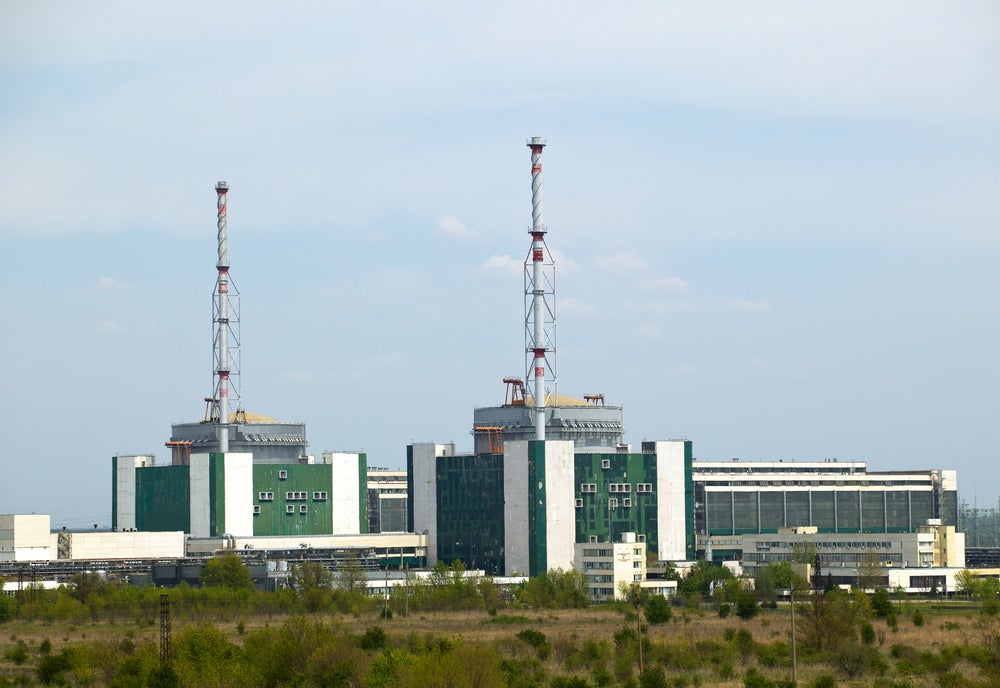
Researchers have found a newly discovered property of carbon graphite that could lead to the development of new hydrogen-based fuel cell technologies.
For several years, carbon graphite, a one-atom thick material that is used in pencil lead, has been considered as a possible replacement for the silicon chips used in computers.
This is due to the fact that that the material can quickly conduct electrons.
Researchers have found protons, which are hydrogen atoms minus their electrons, can also pass through the carbon graphite.
This is despite the fact that graphene is not permeable to other gases and liquids.
How well do you really know your competitors?
Access the most comprehensive Company Profiles on the market, powered by GlobalData. Save hours of research. Gain competitive edge.

Thank you!
Your download email will arrive shortly
Not ready to buy yet? Download a free sample
We are confident about the unique quality of our Company Profiles. However, we want you to make the most beneficial decision for your business, so we offer a free sample that you can download by submitting the below form
By GlobalDataSee Also:
Furthermore, protons pass through the material even better when the temperatures are high.
Researchers from China, the Netherlands and the University of Manchester, UK, collaborated on this study.
These findings could mean that graphene could be used to enhance efficiency of proton-conducting membranes in fuel cells, where hydrogen and oxygen are used to produce power.
Currently, the amount of hydrogen transferred through the material is small, however researchers are hopeful that these findings will help further studies in this technology.
A PhD student working on the project Marcelo Lozada-Hidalgo explained: "You put a hydrogen-containing gas on one side, apply small electric current and collect pure hydrogen on the other side. This hydrogen can then be burned in a fuel cell."
"This is the initial stage of discovery, and the paper is to make experts aware of the existing prospects.
"To build up and test hydrogen harvesters will require much further effort."
Furthermore, researchers believe that this finding could lead to graphene-based membranes being used to gather atmospheric hydrogen, which subsequently could be used in fuel cells to create mobile electric generators.
A postdoctoral researcher and the first author in this work Dr Sheng Hu added: "It looks extremely simple and equally promising.
"Because graphene can be produced these days in square metre sheets, we hope that it will find its way to commercial fuel cells sooner rather than later."
Image: Graphene allows protons to pass through it, contrary to earlier thinking. Photo: courtesy of The University of Manchester.



.gif)





